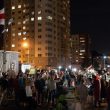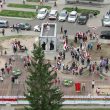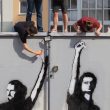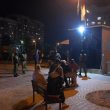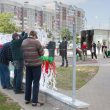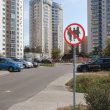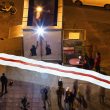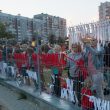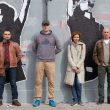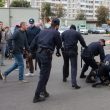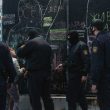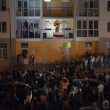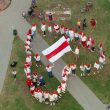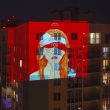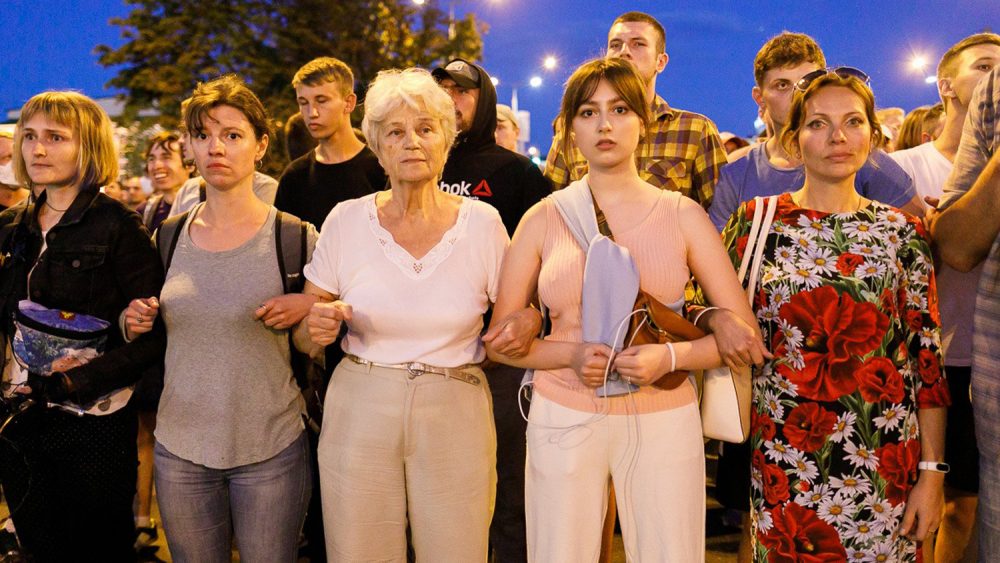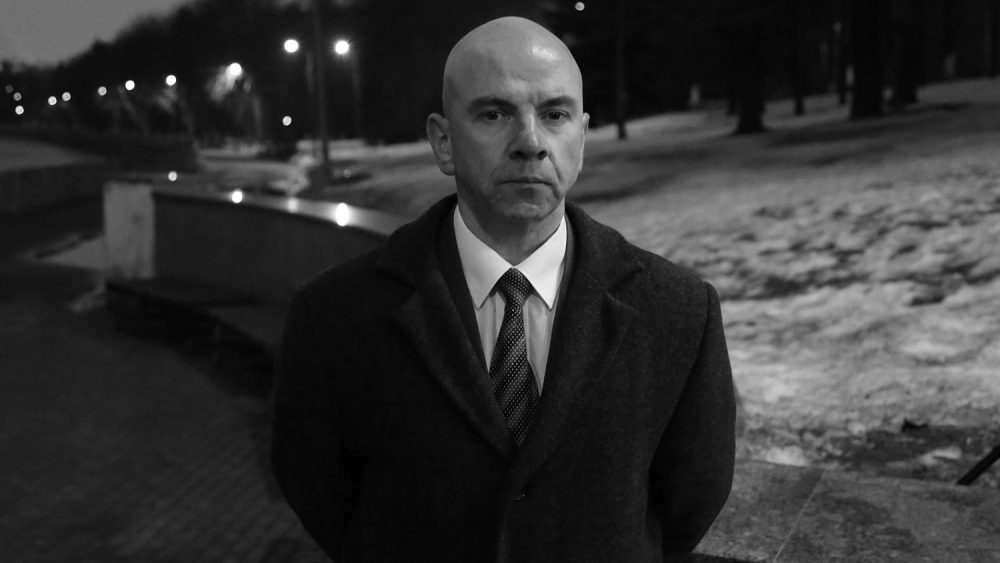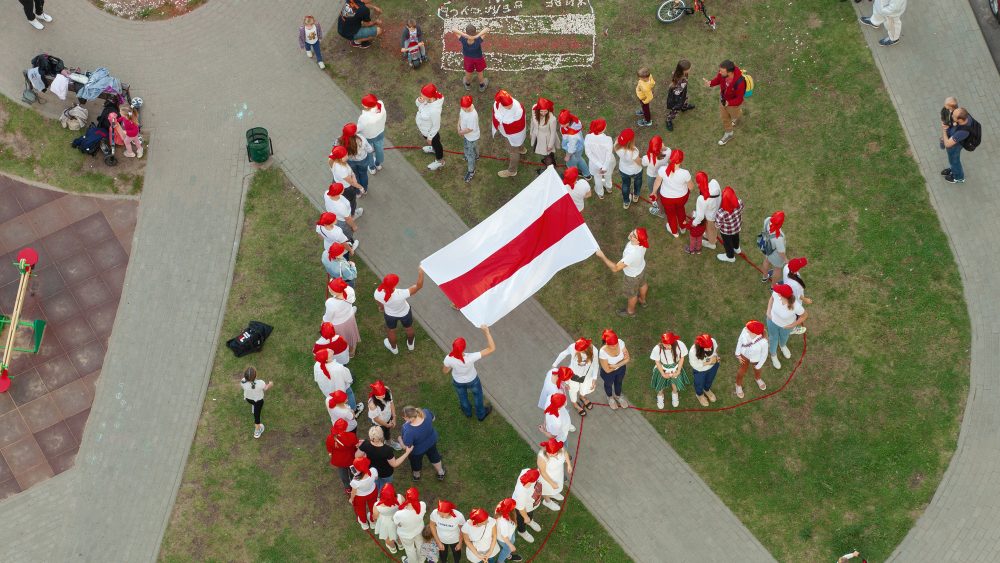The square of Changes
On August 9, 2020 presidential elections were held in Belarus. The election day will forever be embedded into the memory of Belarusian people. There were rampant procedural violations in polling places and unprecedented police violence on the streets. Many were convinced that the elections were rigged in favor of current president Alexander Lukashenko. In Belarus votes are manually counted at the individual polling stations. Many voters returned to the stations after they closed and were waiting for the results outside. They were clamoring to have the votes counted correctly as the vast majority stood in solidarity with the leader of the opposition Svetlana Tikhanovskaya. A lot of people also went to the centers of the capital (Minsk) as well as other cities to demonstrate their disagreement with the preliminary results of the rigged elections. All the protesters were peaceful and non-violent, but the armed police forces were dispersing the crowds with the level of brutality previously unheard of. During the first 3 days after the elections, over 7000 people were arrested, hundreds were injured by indiscriminate firing of rubber bullets and exploding flash grenades. In anticipation of the protests, the authorities also have blocked the Internet access for 3 days in order to disrupt the communication and stop the protest movement. Some of the detainees were released after 3 days because there wasn’t enough space in jails to keep everyone. After the internet access came back all those people started sharing their stories online. The whole country was shaken by the details of the inhumane conditions in which people were forcibly kept. There was no food or water. People were badly beaten and tortured in a barbaric fashion. A lot of Belarusians were shocked by the news and for a minute it seemed like the fear and despair would prevail and the protests would stop.
Hope returned on August 12 when thousands of Belarusian women showed up on the streets wearing white and carrying flowers. These demonstrations symbolized the peaceful nature of the whole movement. The same evening in one of the courtyards in the heart of the capital (Chervyakova street and Smorgovskiy way) people started flashing mag lights from their windows and shouting “Zhyvie Belarus!” (“Long live Belarus!”) This is one of the popular slogans being used by the Belarusian opposition movement. This way people were showing their disapproval of the current situation in the country and were trying to support one another emotionally. It was sort of a stay-at-home protest demonstration.
This is how a new city legend was born. Someone drew a protest-themed mural on the wall of a municipal building in this courtyard. People put up a white red and white flag on top of this building. The white red and white flag was an official flag of Belarus from 1991 to 1994 and has deep historical roots. This flag is also a symbol of Belarusian opposition movement and protests. Only a week later you could hardly recognize a once sleepy courtyard. A large number of people started gathering there in the evenings to talk to their neighbors, exchange the news with everyone like-minded and discuss the plans for the future. People were happy to find out that they were not alone and that there’s really lots of those who do not accept the announced results of elections and think that Lukashenko is not the legitimate president of Belarus. Now these social gatherings take different forms every night – people organize concerts, put on theatrical performances, dance shows etc.
Of course, such activities could not go unnoticed by the police and existing authorities. “Tikhari” (incognito men wearing civilian clothes and masks, most of them are undercover police) and regular police regularly attack the courtyard. They take down the flags, cut off white red and white ribbons which people use to decorate the place. They paint over the mural. One of the evenings even OMON (Riot Police) showed up. They are extremely aggressive and brutal and instead of being heroes they are known for beating women and children with their batons and now painting over murals. But people of the neighborhood are bravely fighting for their territory. Every time the mural gets painted over, it gets restored. Besides the police, the government officials are using the district authorities and city employees to bureaucratically terrorize the neighborhood. They hold regular inspections in the courtyard and started fining the homeowners associations for made up violations. Nevertheless, this little courtyard in the center of Minsk and the political involvement of its people became famous all over Belarus and inspired others to create similar communities in their neighborhoods. At this point this became a national movement. Sympathetic citizens gather outside their condos, organize concerts, performances, even work on the landscaping and just spend time together. Of course all these gatherings have a political agenda. They help people realize that they share the common goal of democracy in Belarus and energize them to attend other protests and demonstrations.
It is important to note that this form of protest does not have any leaders or hierarchical structures. Everyone gets involved in the courtyard’s life in the way most suitable for them. This helps to build up strong solidarity between the people that didn’t even know each other a few weeks ago.
Yauhen Attsetski is a Belarusian photographer based in Minsk, working mainly in the field of documentary photography. As a photographer, he’s worked with UNDP, Red Cross, UNICEF Belarus, Sapiens Mag, and TIMER Mag. Co-founder of the school of photography fsh1 (2016).


